Thor becoming the first Avenger to get a 4th film in their own series is actually a good thing given that there are still a few adventures for Odinson to go on, and make no mistake: this one leaves him in a very different place than any of the other three before it. The events of Thor left him on Asgard away from Jane and mourning the death of Loki. Thor: The Dark World had him leaving Asgard to be with Jane while again mourning the death of his mother and Loki…a second time. Then along came Ragnarok where he lost his father and sister and home but managed to escape Surtur. I think it is safe to say that no hero in the MCU has lost as much as Thor, and this fourth entry adds even more loss after adventures with the Avengers that saw him lose Coulson and Heimdall and Loki (again!) right in front of him. It should come as no surprise then that Thor’s latest movie ends with someone dying right in front of him then. Tragedy, it would seem, is what propels the God of Thunder forward into different adventures. It’s not just putting the Asgardian at the center of tragedy, though, that usually leads into the next big Avenger’s threat.
It was Thor’s brother who arrived on Earth necessitating the Avengers to assemble initially, and it was the mind stone located inside Loki’s scepter that led to the creation of Ultron AND VIsion and the Scarlet Witch, which led to the Avengers reuniting. It was Thor sending Loki to light the eternal flame and unleash Surtur that also led to Loki stealing the Tesseract from Odin’s throne room, which drew Thanos to the refugee ship that the Asgardians were on. If you look back at the Infinity Saga, you can rightfully argue that Thor brought the Avengers face to face with their greatest villains (Loki, Ultron, and Thanos). The mid-credit scene of Thor: Love & Thunder hints at that continuing to be the case.
Zeus, with a lightning-sized hole in his sternum, sends his son, Hercules, on a mission to knock the Odinson out of the sky, reclaiming glory meant for the gods instead of heroes. However, what if there’s more to this scene than meets the eye? What if what we are seeing play out isn’t really telling us everything? What if, to understand what’s really happening, we have to accept that someone else has paved the way?
In the comics, one of Kang The Conqueror’s variants, Immortus, utilizes what are known as Space Phantoms to go after the Avengers by masquerading as famous heroes from different eras. This included heroes like Merlin, Goliath, and, yes, Hercules. This caused a team of villains led by Baron Zemo, who had enlisted Immortus’s help in defeating the Avengers, to go back in time to the moment where they accepted his help and, this time, refuse it. By introducing Hercules here, as an antagonist for Thor who arrives on Earth seeking the God Of Thunder out, it will undoubtedly bring the Olympian face to face with whoever the new group of Avengers is. What if the Hercules that arrives on Earth looking for Thor isn’t Zeus’s son, but a space phantom controlled by Immortus? Or, what if the Thor that Hercules finds isn’t the God of Thunder himself, but a space phantom?
We are entering the world of secret invasions and variants. With Thor’s consistent connection to all of the Avengers-level villains, it stands to reason that we didn’t just see who Thor’s next antagonist would be, but that we just saw another piece of the puzzle being laid down by one of Kang’s variants. Hercules may be a son of Zeus, but he may also be a Space Phantom of Immortus.







